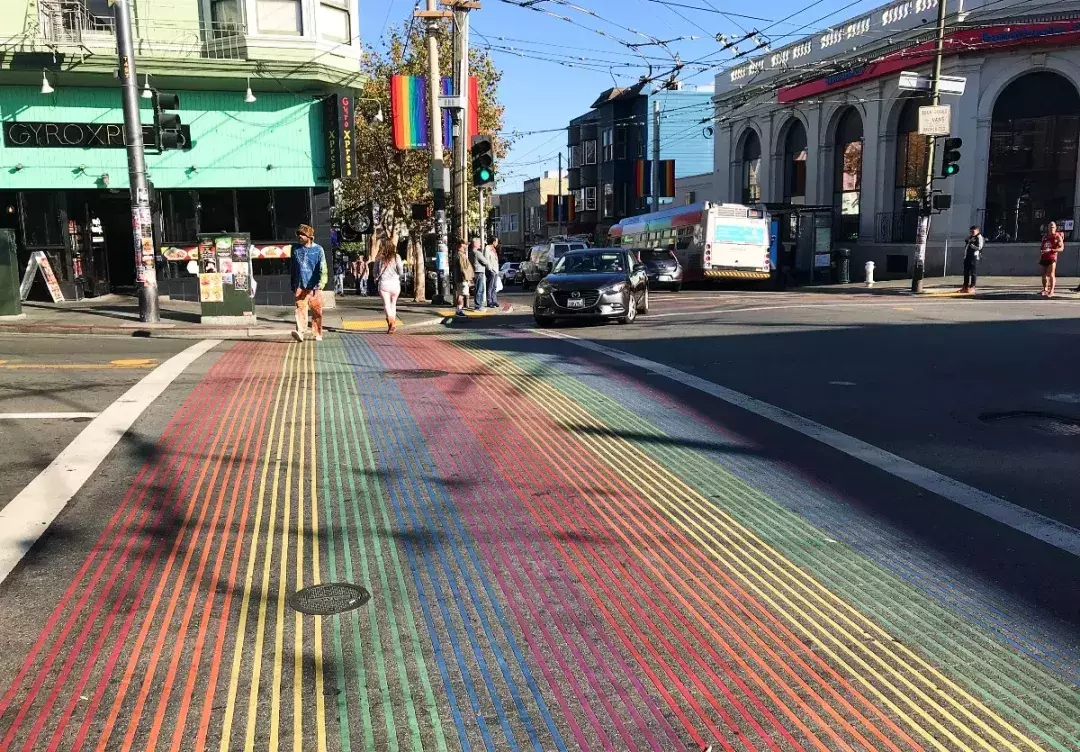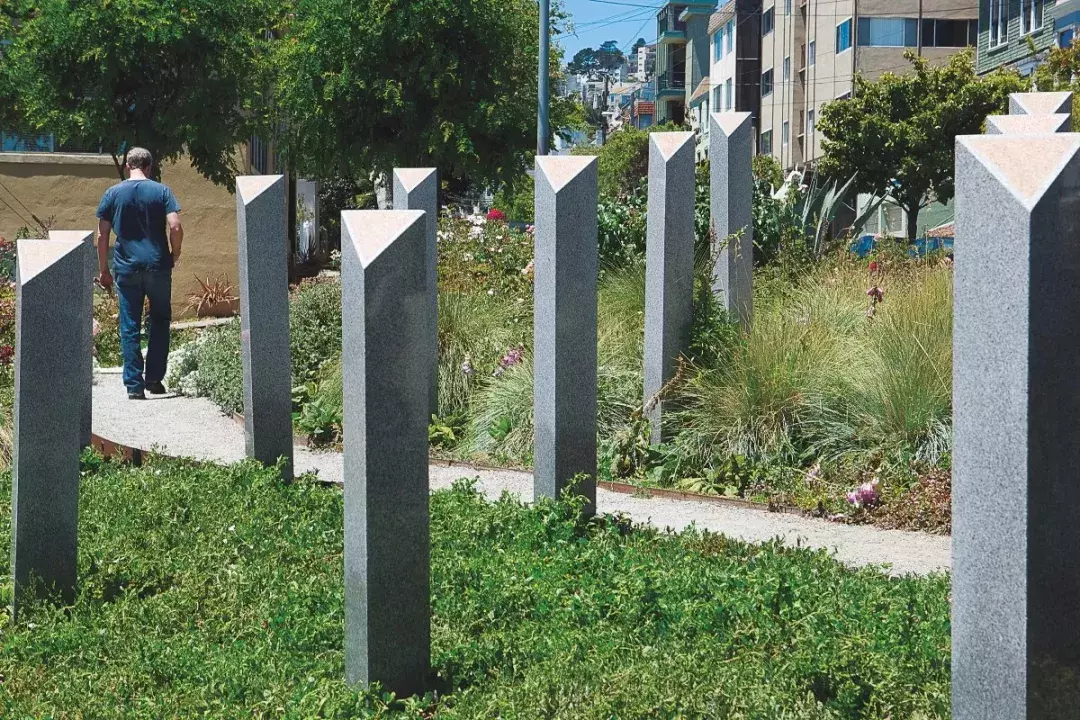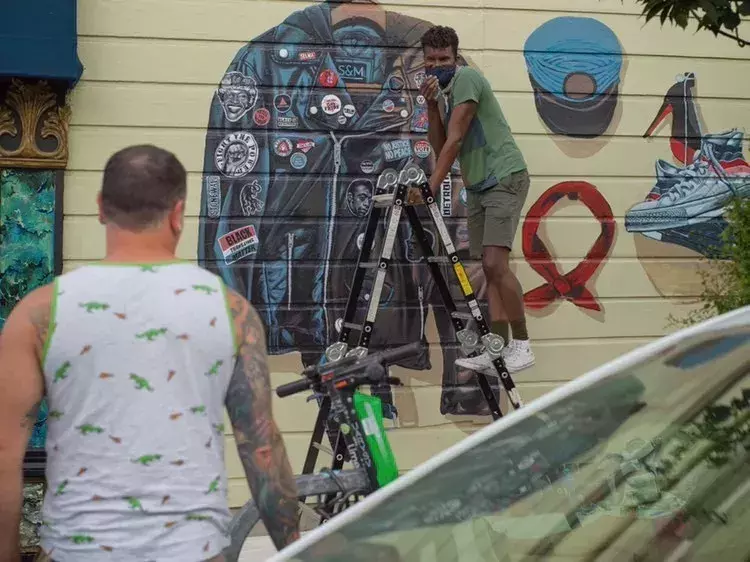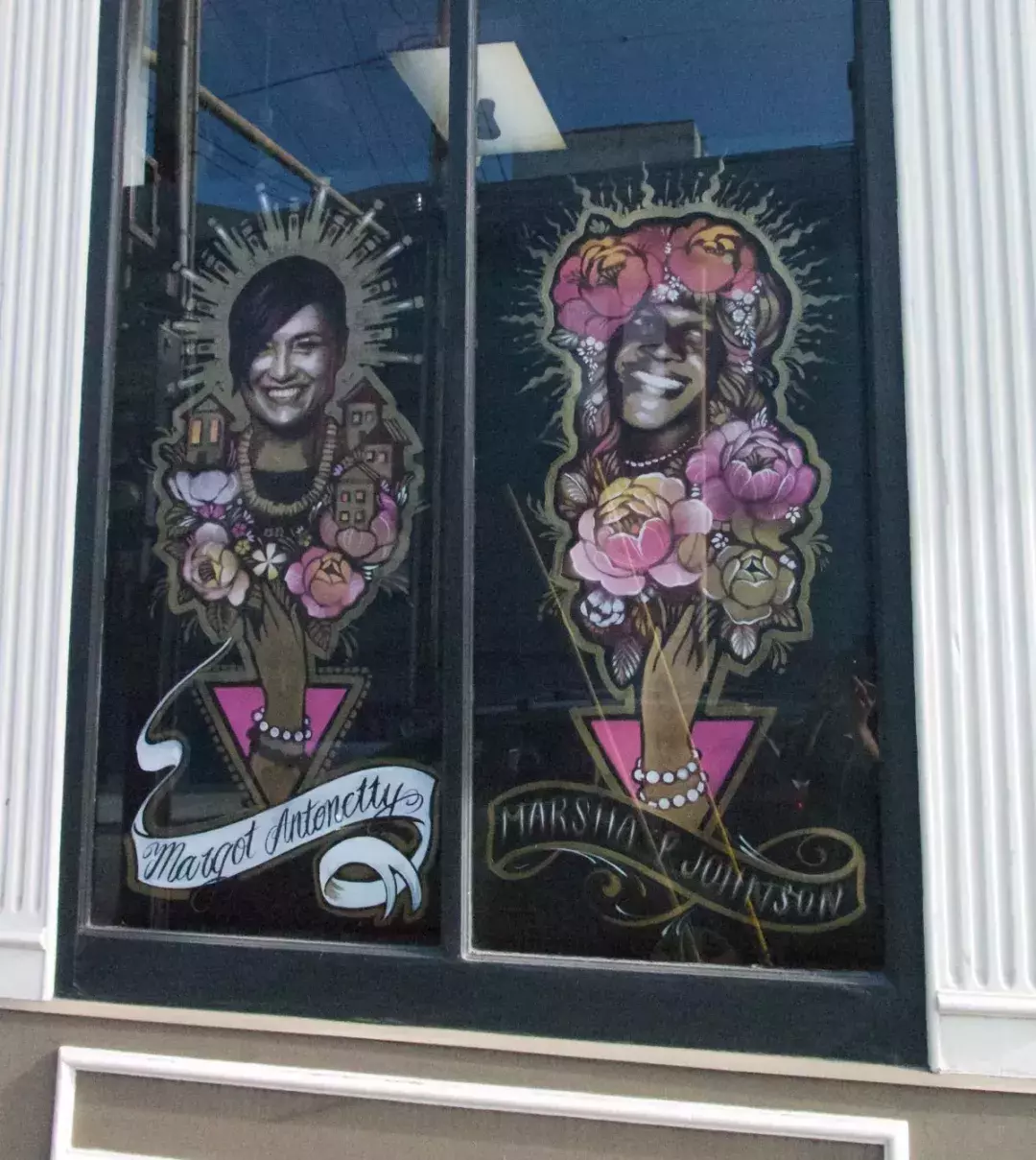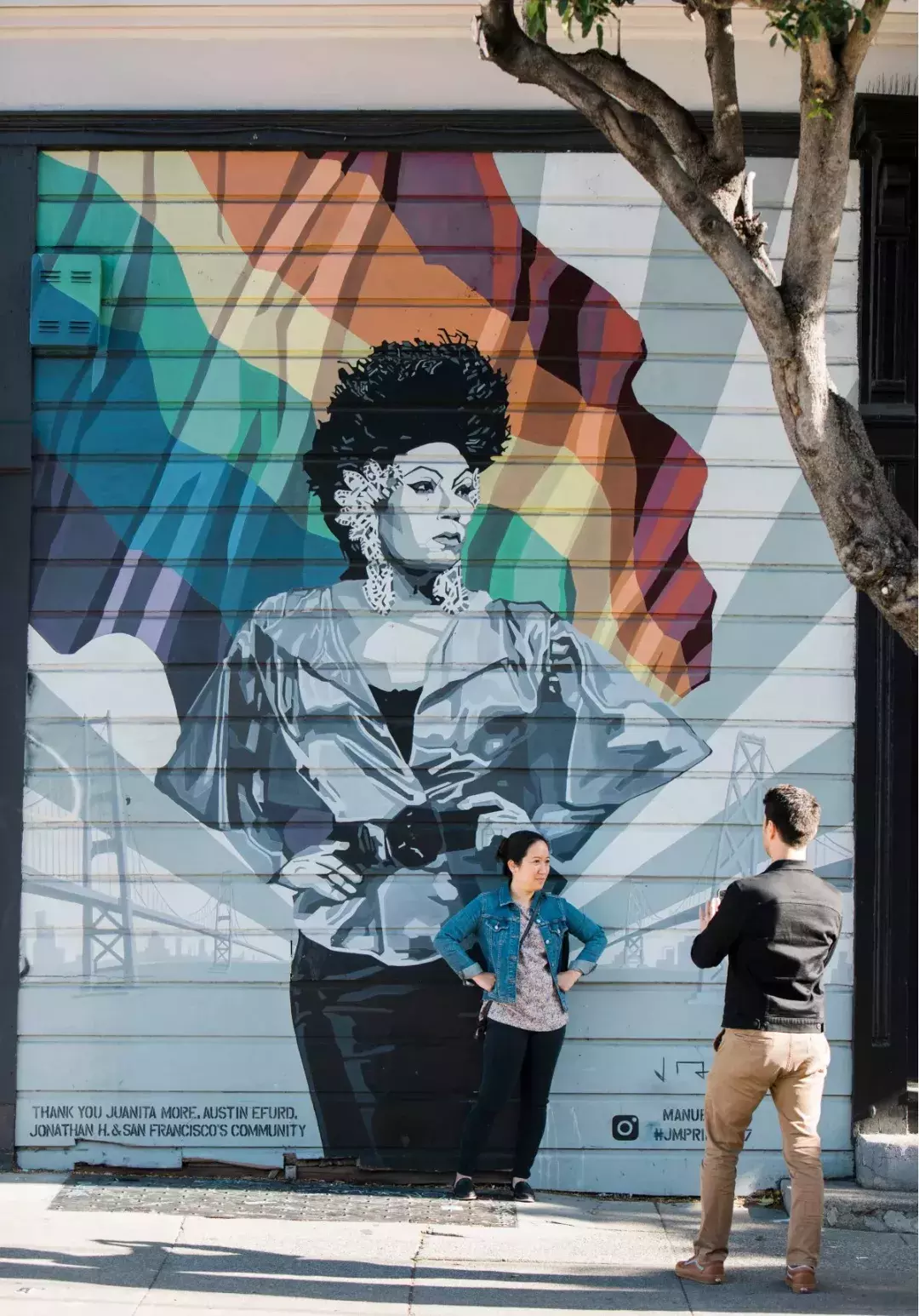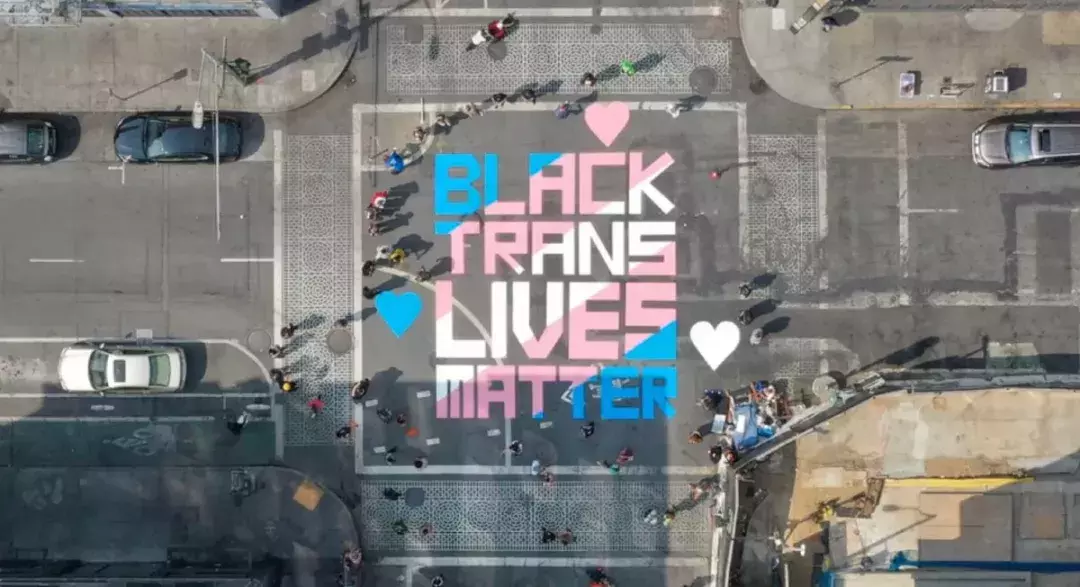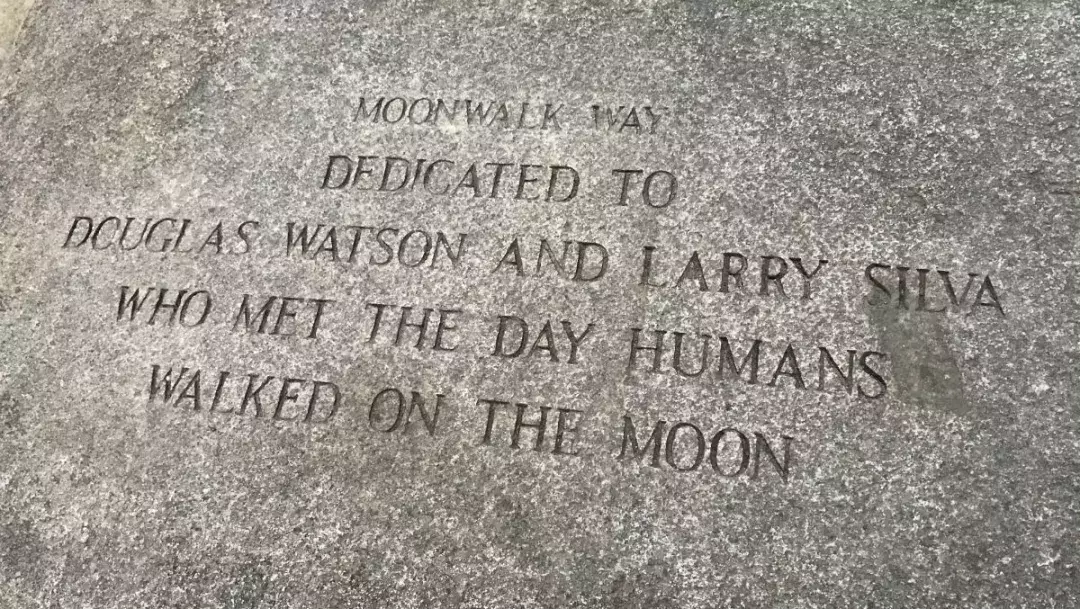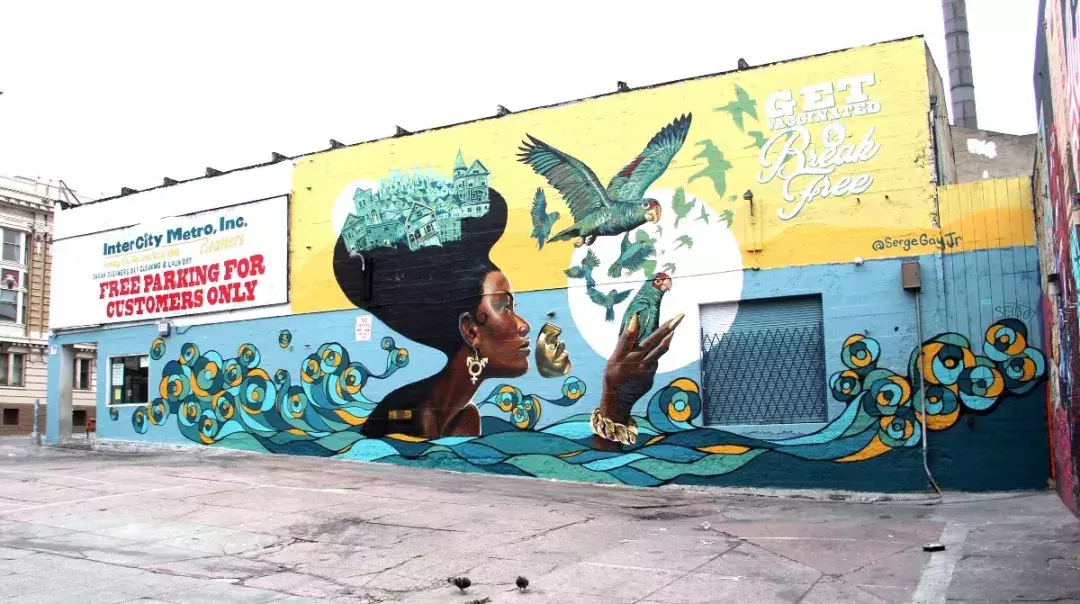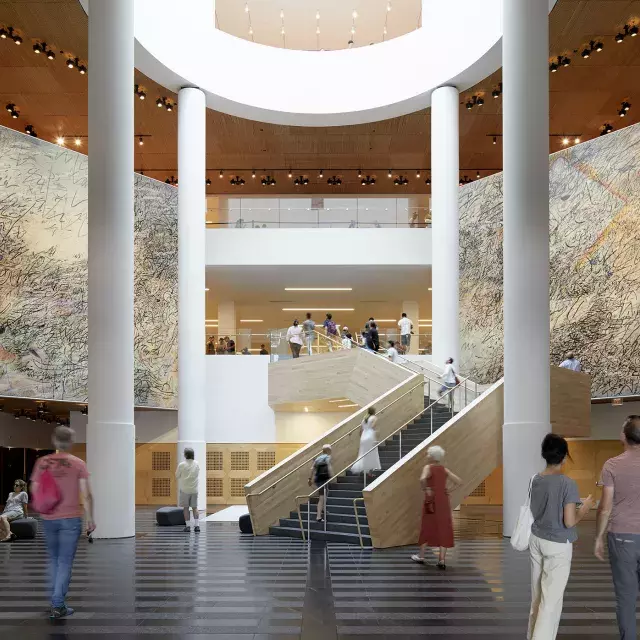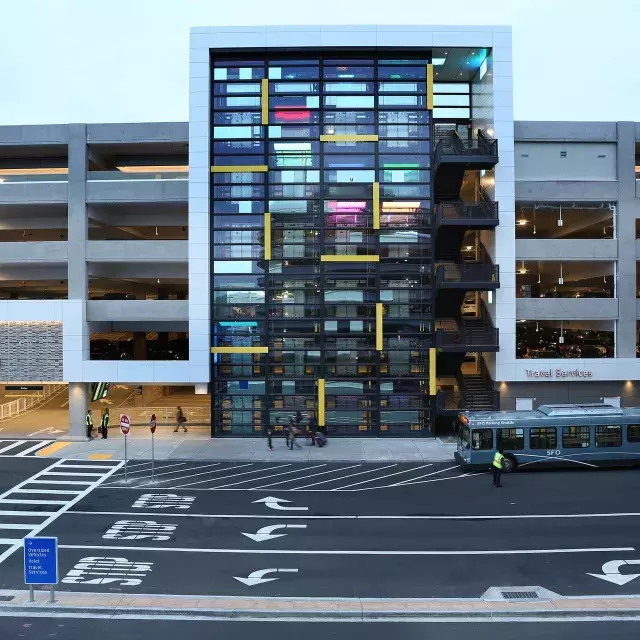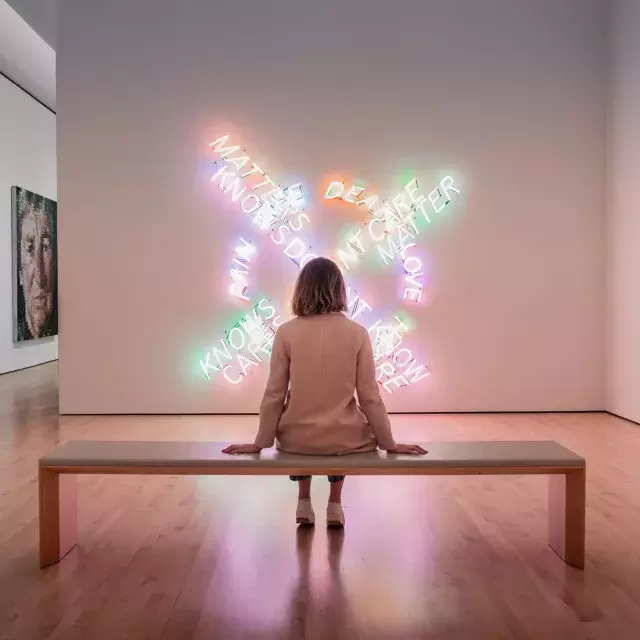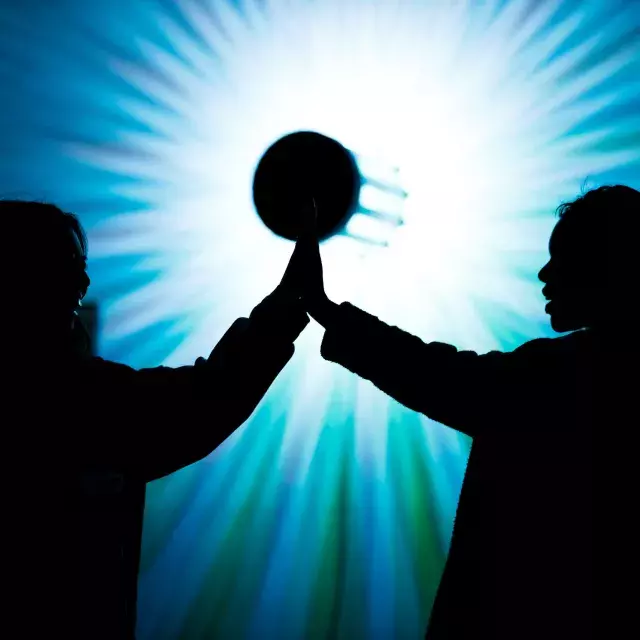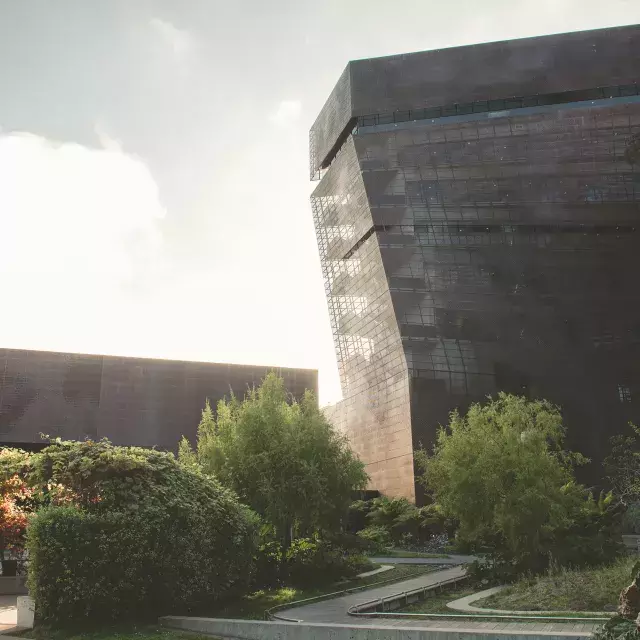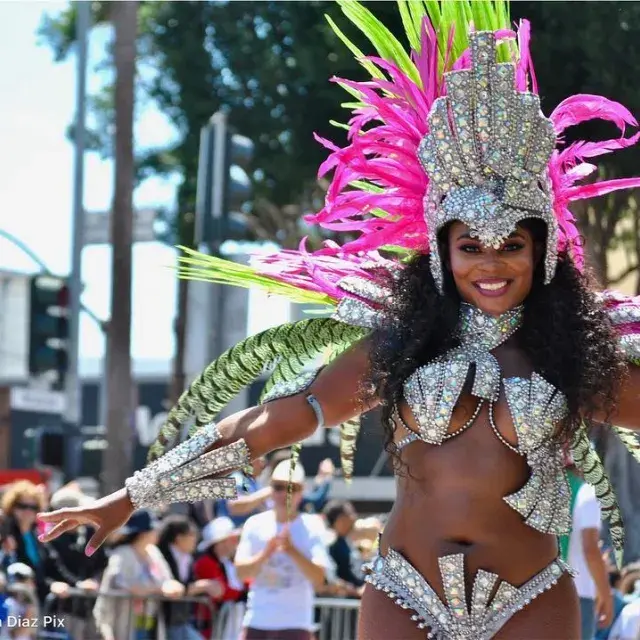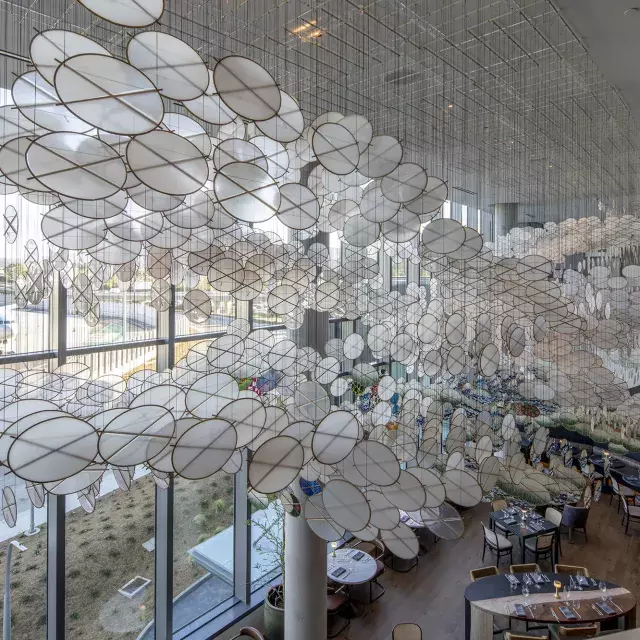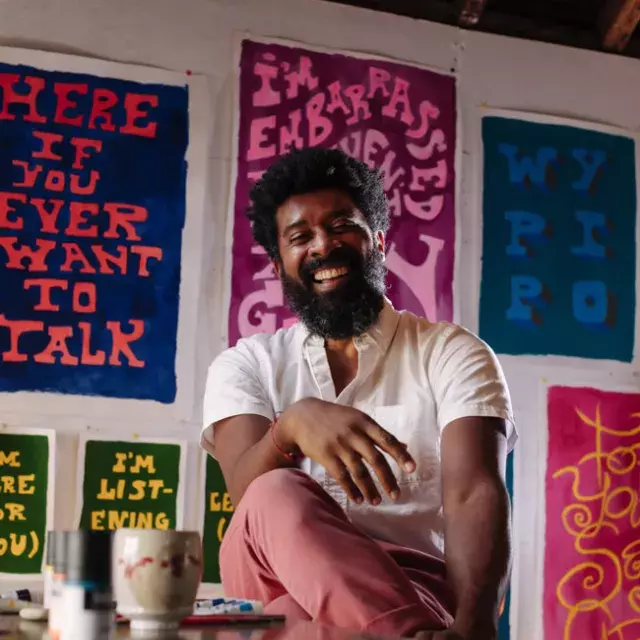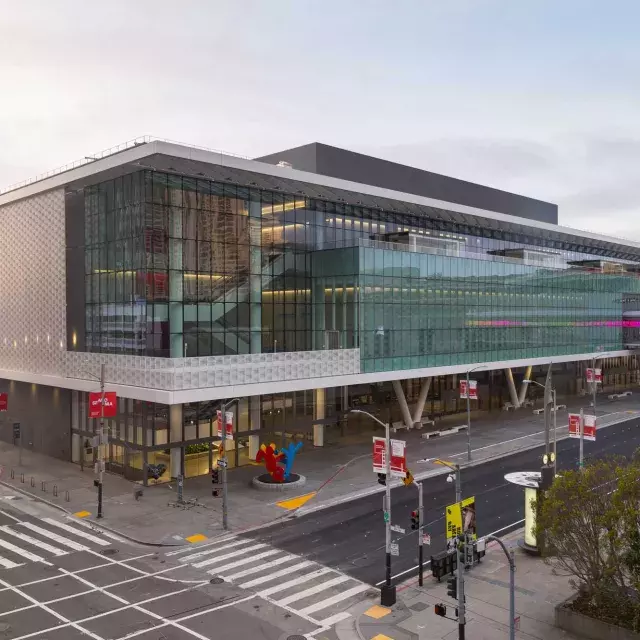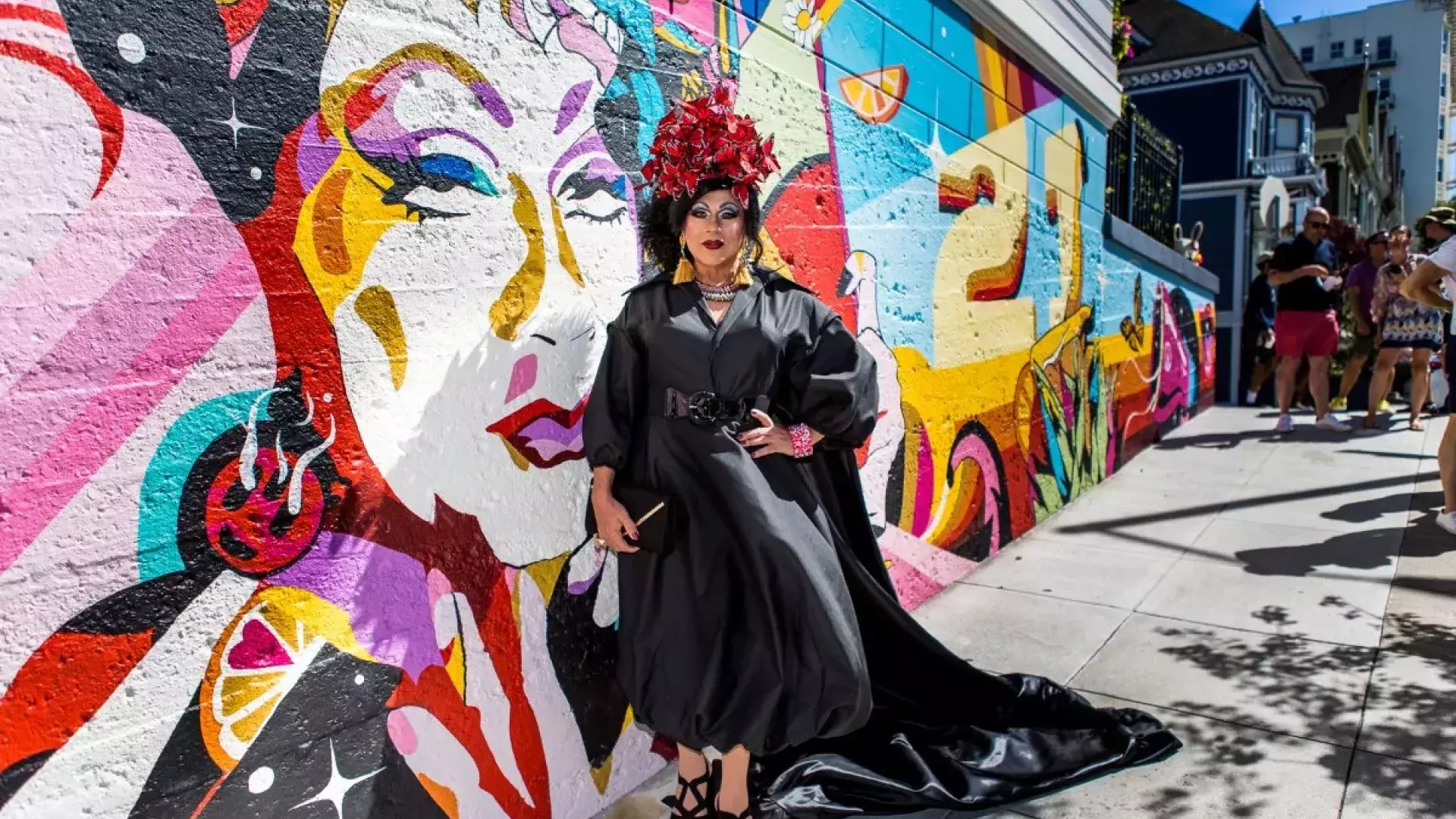
11 Awesome LGBTQ+ Murals & Memorials in San Francisco
The history of the LGBTQ+ community is enshrined throughout San Francisco. Here's our guide to some of the best murals and memorials.
San Francisco is a city with art woven into its fabric. It’s one that celebrates history and fights to preserve the unique identities of its many ‘hoods, most of which have a distinct rainbow flavor created by its huge percentage of LGBTQ+ residents and visitors. This has often been through colorful street art, murals, and designated landmarks.
Here's how to check just a few of the best.
Harvey Milk Plaza
Harvey Milk is one of San Francisco’s most famed gay sons. A former city supervisor and the first openly gay man elected to office in California, Milk was assassinated in 1978, just months after taking up his role. His story is told in the 2008, Oscar-winning movie Milk.
Harvey Milk Plaza is San Francisco’s Castro Muni Metro subway stop. You can’t miss it: a giant rainbow flag flies above it and can be seen from almost anywhere in the city. At the top of a nearby building that overlooks the Plaza, Milk’s famous words, “Hope will never be silent,” are immortalized in bright lights that shine each night.
Currently undergoing renovation, Harvey Milk Plaza will soon be transformed into a more lively space for events, art and to pay respects to this iconic San Franciscan.
- Did You Know? The lawmaker and LGBTQ+ rights hero is commemorated elsewhere in the city. In 2019, San Francisco International Airport reopened its refurbished Terminal 1 and renamed it the Harvey Milk Terminal 1. In March 2020, the terminal unveiled a permanent display highlighting images from Milk’s life.
The Rainbow Crosswalks
San Francisco’s Department of Public Works installed the Castro district’s eye-catching rainbow crosswalks in October 2014. Quite distinctive from rainbow crosswalks in other cities, the design was decided by a public vote held earlier that year. A popular spot for selfies, you’ll find the four crosswalks at the intersection of Castro and 18th Street.
Pink Triangle Park
If you’re checking out the Castro, do swing by Pink Triangle Park. It was the first memorial in the U.S. to the gay people persecuted by the Nazis in the Second World War. The 4,000-square-foot park sits above the Castro Street Station, across from Harvey Milk Plaza, and features triangular granite columns dedicated to the tens of thousands killed. The park was dedicated in 2001.
"Gear Up"
This mural outside the iconic, long-running Castro gay bar Moby Dick was painted by local queer artist Serge Gay Jnr. It features a leather jacket adorned with pins depicting black queer heroes, including James Baldwin, Bayard Rustin, and Marsha P. Johnson. You'll find it on the corner of 18th and Hartford streets, in the heart of San Francisco's LGBTQ+ district.
Spunk Salon
These window boards were decorated by San Francisco artist Tanya Wischerath in collaboration with the Castro Arts Project and Project Artivism. You can find them at Spunk Salon hairdressers (4147 19th Street). They celebrate the late activist Martha P. Johnson and homeless advocate Margo Antonetty.
Juanita MORE! Murals
Drag queen, party impresario, activist, and philanthropist Juanita MORE! is one of San Francisco’s most beloved residents––so much so that she’s been celebrated with nearly a dozen different street murals!
You’ll find her immortalized in SoMa (Elliott C. Nathan‘s Loads of Love at the Powerhouse), the Castro (by J. Manuel Carmona), Polk Gulch (by Serge Gay Jnr, on the exterior of Lush Lounge at Fern and Polk streets), Steiner Street at Grove (by J. Manuel Carmona and Guilherme Lemes Cardoso e Silva) and also outside the revived Love Shack by SPARC at 502 14th Street in the Mission (again by Gay Jnr.).
The Transgender District
San Francisco became the first city in the world to have a legally designated transgender district in 2017 when the city approved Compton’s Transgender, Lesbian, Gay, and Bisexual (TLGB) District. It’s in the Tenderloin, near the site of the former Compton Cafeteria. The venue was the site of an queer uprising when raided by police in 1966, three years before Stonewall.
The district is marked with transgender street markings. It made headlines when a large mural, created by artists Xara Thustra, Sen Mendez, and Kin Folkz, was painted on the road stating “Black Trans Lives Matter.”
The AIDS Memorial Garden
The National AIDS Memorial Grove can be found in Golden Gate Park. It was conceived in 1989 when the city was in the grip of the AIDS epidemic. It aims to provide a healing sanctuary for those impacted by AIDS and the loss of loved ones. It remains a beautifully tended woodland grotto to explore and a place of quiet contemplation. As you find yourself walking beneath the fronds of giant ferns, you’ll spot the many rocks engraved with the names of those lost to AIDS.
Lower Polk Street and Polk Gulch
Like the Mission, Polk Gulch is another San Francisco neighborhood rich with street art. It’s also been dubbed San Francisco’s “first gayborhood,” with a thriving scene from the 1950s to the late 1970s when the Castro eclipsed it. It might not be as gay as it used to be, but street art continues to flourish, with recent pieces by Serge Gay Jnr, among others.
The Women’s Building
The Women’s Building is a women-led, non-profit, art and education community center on 18th Street. Its three-story facade is covered in detailed artwork that celebrates women leaders and feminine icons. Entitled MaestraPeace, this mural was painted in 1994 by seven women artists. Besides the figures in the artwork, it carries the names of 600 women in calligraphy. It is one of the city’s biggest and best-known public artworks.
Clarion Alley
Clarion Alley is between Mission and Valencia Streets and 17th and 18th streets and famed for the many murals. Most are political in nature, touching upon the area's history, the challenges faced by the local Latin community, and how the neighborhood has been changing. This small, unique alley attracts over 200,000 visitors a year.
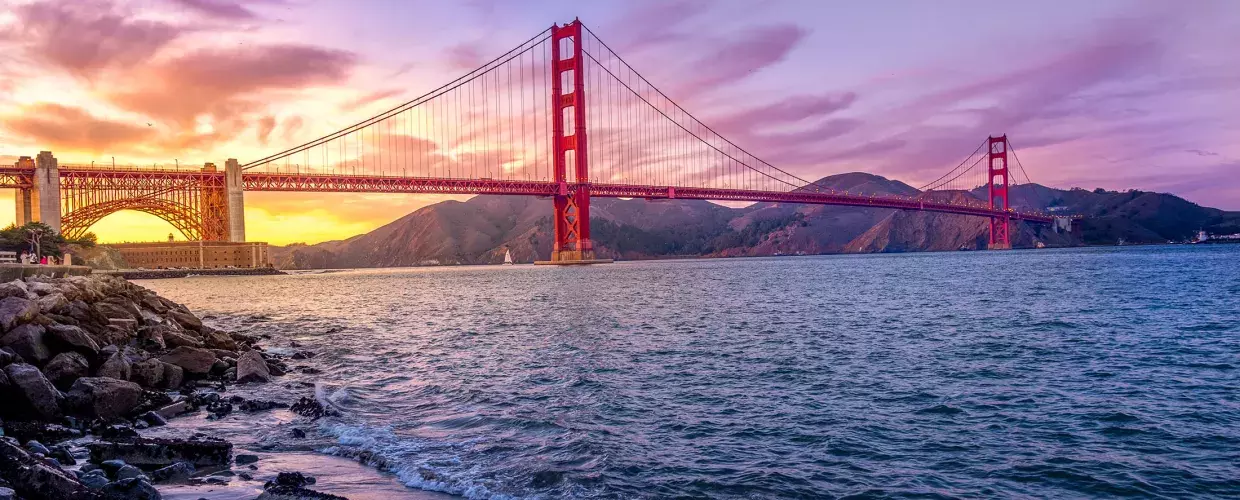
Sign Up for Our Newsletter
Be the first to know about upcoming events and festivals, new restaurants, special deals, and everything else happening in the City by the Bay.
